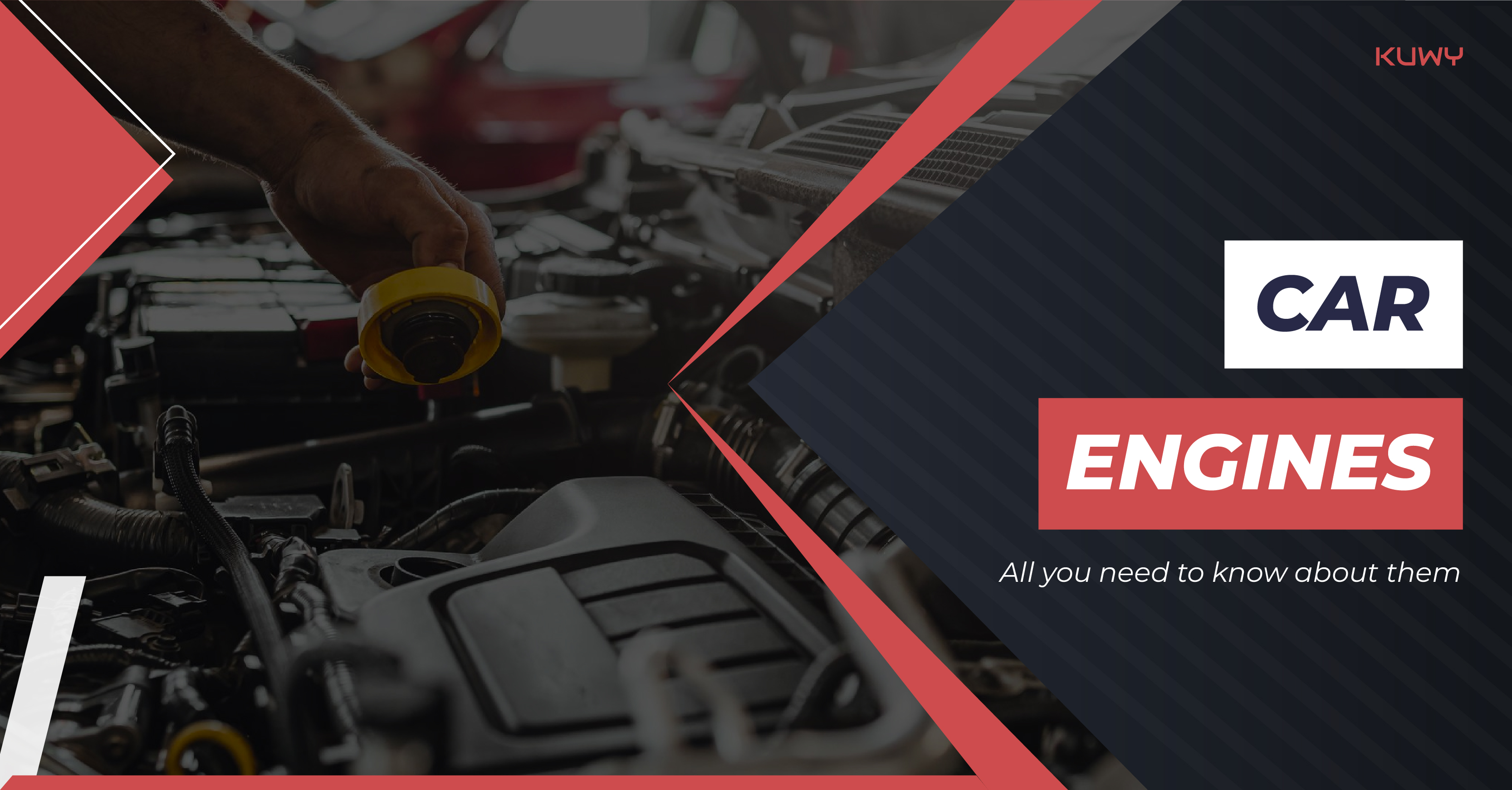Car engines, often known as internal combustion engines, are the source of power for modern cars and are the brains of any automobile. Understanding these intricate machines is important for every car buff or everyday driver. We'll explore the complexity of automobile engines in this blog, covering their operation, types, components, efficiency, and the technical developments that drive the automobile industry.
An engine transforms fuel into mechanical energy to propel a vehicle. It uses burning principles to transform chemical energy from fuel into mechanical energy. The two-stroke cycle and the four-stroke cycle (intake, compression, combustion, and exhaust) are the basic working principles of automobile engines, defining how they generate power.
- Four-Stroke Cycle:
Imagine the engine as a busy worker in a cycle of tasks:
Intake: The worker opens a door and lets in a bunch of toys (fuel and air) into the room (engine).
Compression: The worker squeezes and packs all the toys into a small box (compression). This makes the toys ready to play with.
Combustion: The worker starts playing with the toys, making them move and do stuff (combustion). This creates energy, like how playing with toys can be energetic and fun.
Exhaust: After playing for a while, the worker has some used-up toys and wants to get rid of them (exhaust). So, the worker throws the used-up toys out of the room to make space for new ones.
- Two-Stroke Cycle:
Picture a simpler, faster worker with fewer tasks:
Intake & Compression: The worker quickly grabs some toys and stuffs them into the room (engine) while squishing them a bit (compression).
Combustion & Exhaust: The worker immediately starts playing with the toys (combustion), and at the same time, throws out the used-up toys (exhaust). It's a quick, one-step process.
The most common type of engine is the internal combustion engine, where fuel gets ignited within the engine to produce energy. Engines in this category include both petrol and diesel engines. A less common engine known as the external combustion engine, uses an external means to produce gas that in turn powers the engine.
The parts of the engine are enunciated below. A cylinder block is the engine's main part that contains cylinders where combustion takes place. Pistons are parts that move up and down inside the cylinder blocks to compress the air-fuel mixture and drive the engine's mechanical components. A cylinder head covers the top of the cylinder block and contains the valves, spark plugs, and fuel injectors. The valves adjust the intake of air-fuel mixture and the exhaust of combustion gases. Crankshafts, to drive the vehicle, convert the reciprocating motion of the pistons into rotational motion while the camshafts control the timing of the valves' opening and closing.
An engine’s performance and its functioning capacity can be determined by its energy efficiency. These parameters are determined by, compression ratio which is the ratio of the maximum volume to the minimum volume in the engine's combustion chamber. A higher compression ratio leads to increased engine efficiency. Horsepower is a unit of measurement of the engine's power, while torque measures the twisting force that the engine produces. Engines that extract more energy from fuel are said to be fuel efficient.
Car servicing does not cost much provided the engine remains intact. The cost of changing the engine is almost the cost of a new car. To preserve it we can take measures like regular oil changes to lubricate the engine's components and ensure smooth operation, air and fuel filter replacements to maintain higher fuel efficiency and prevent engine damage and cooling system maintenance to ensure that the engine operates at the right temperature to prevent overheating. Car engines generate a significant amount of heat when running and a cooling system is needed to maintain the normal temperatures. The cooling system uses a mixture of water and coolant, circulated through the engine to remove the heat.
Petrol engines run using petrol as their fuel. They are usually lighter and less expensive to produce than diesel competing companies. Petrol engines have higher RPM (revolutions per minute) and are typically employed in smaller cars with a higher power-to-weight ratio.
Diesel fuel is used in diesel engines. They are more fuel-efficient and provide more torque, making them appropriate for bigger vehicles such as trucks and SUVs. Diesel engines have a longer lifespan and give superior fuel economy, particularly on highways.
Car engines are advanced and represent the ideal combination of engineering, science, and creativity. Engines continue to improve as technology advances, promising a future in which efficiency, sustainability, and performance live peacefully, bringing us into a new era of automotive excellence.
Happy and Fun Learning!




